No matter how clean your house seems, it might be full of microorganisms – bacteria, viruses and the like – that can cause disease. Especially when someone in your household is sick or has been in contact with another person who is sick, regularly cleaning and disinfecting is a good way to help keep your home its healthiest and prevent any disease from spreading. How do you do it, though? To get you started, here is the ultimate guide to disinfecting every surface of your house.
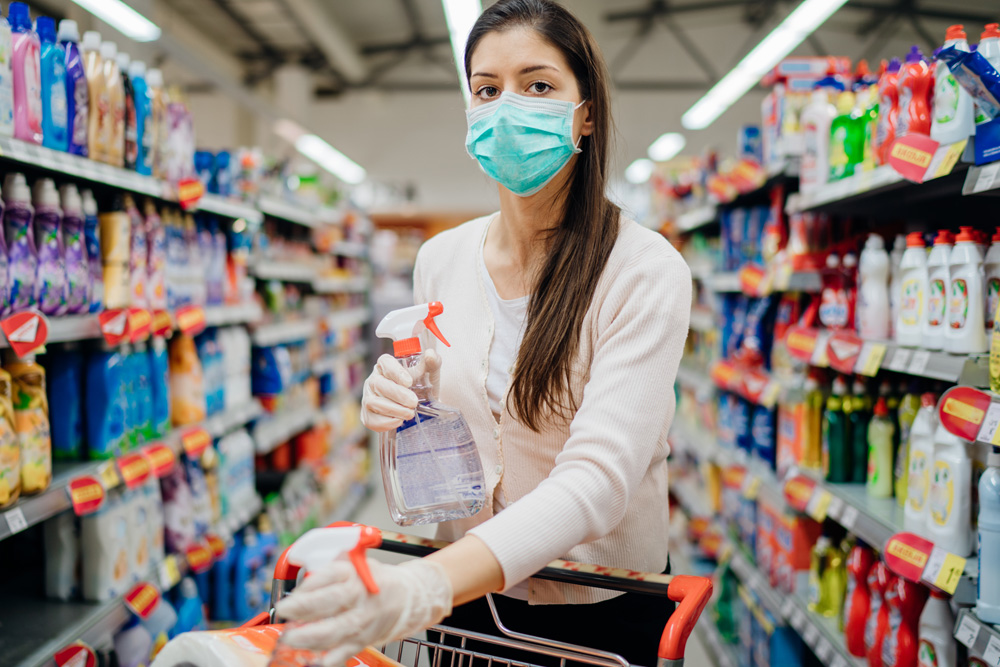
Know the Difference Between Cleaning and Disinfecting
Before you go out and buy a bunch of cleaning products, first make sure that you know the difference between cleaning and disinfecting. Cleaning is about removing dirt. In the process of cleaning, you may get rid of some bugs. To get rid of all those microscopic critters, though, you need to disinfect, which requires a different kind of product than a household cleaner.
Related: 10 DIY, All-Natural Cleaning Products and Air Fresheners You Can Make at Home
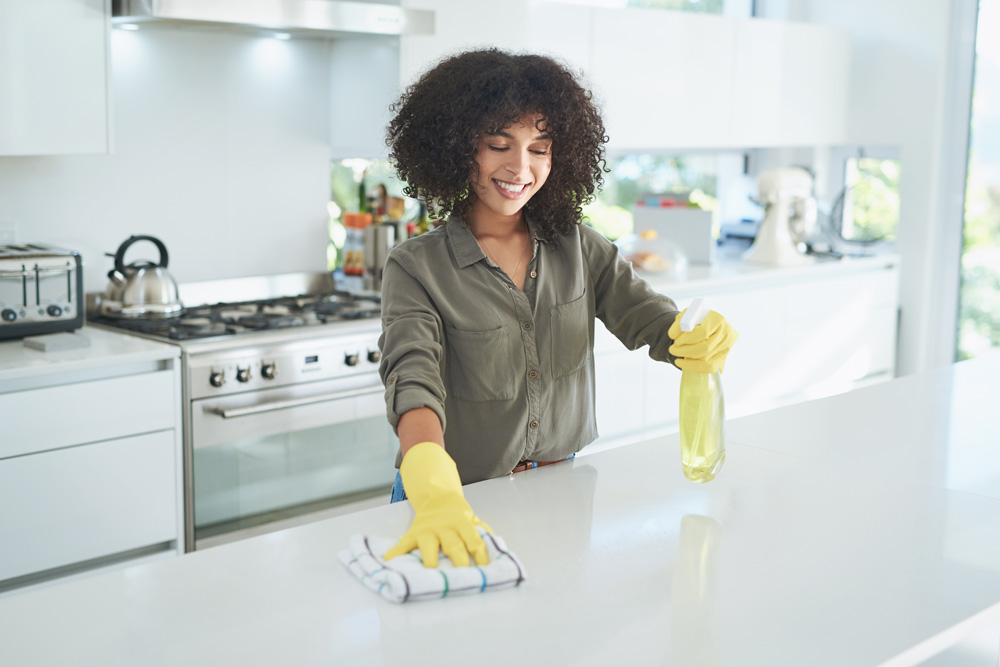
Choose the Right Disinfectant
With so many options available, how do you choose the best disinfectant? Health Canada keeps a regularly updated list of approved hard-surface disinfectants that may help protect against diseases like COVID-19. A diluted bleach solution is a good disinfectant option too, but for surfaces where you’ll be preparing food, you might want to use a natural disinfectant like vinegar or lemon juice.
Related: 20 Things You Can Clean With a Lemon
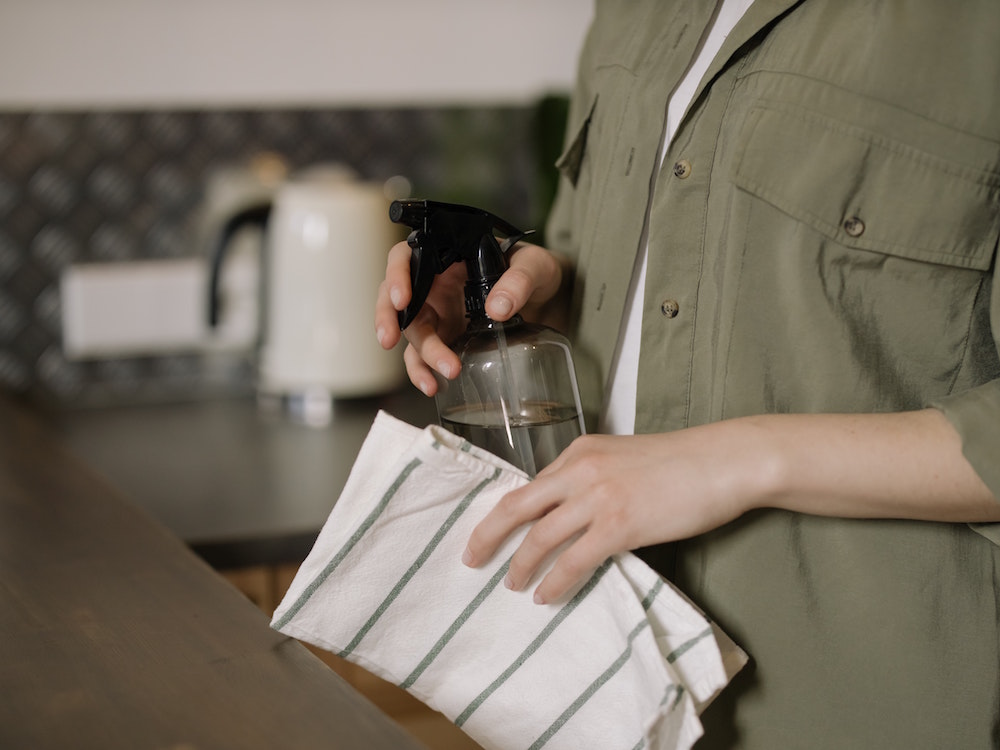
Clean First, Then Disinfect
Before you start disinfecting surfaces, you first need to clean them to get rid of any dirt, grime and grease. In most cases, a wipe-down or light scrubbing with soap and water should be enough. However, cleaning the dishwasher and other appliances may require some extra steps.

Read the Label
When you’ve chosen your disinfectant, read the label before you start using the product. Pay special attention to the safety precautions and use the product only according to the instructions on the label.
Related: 10 Clean and Tidy Homes That Will Inspire You to Start Cleaning
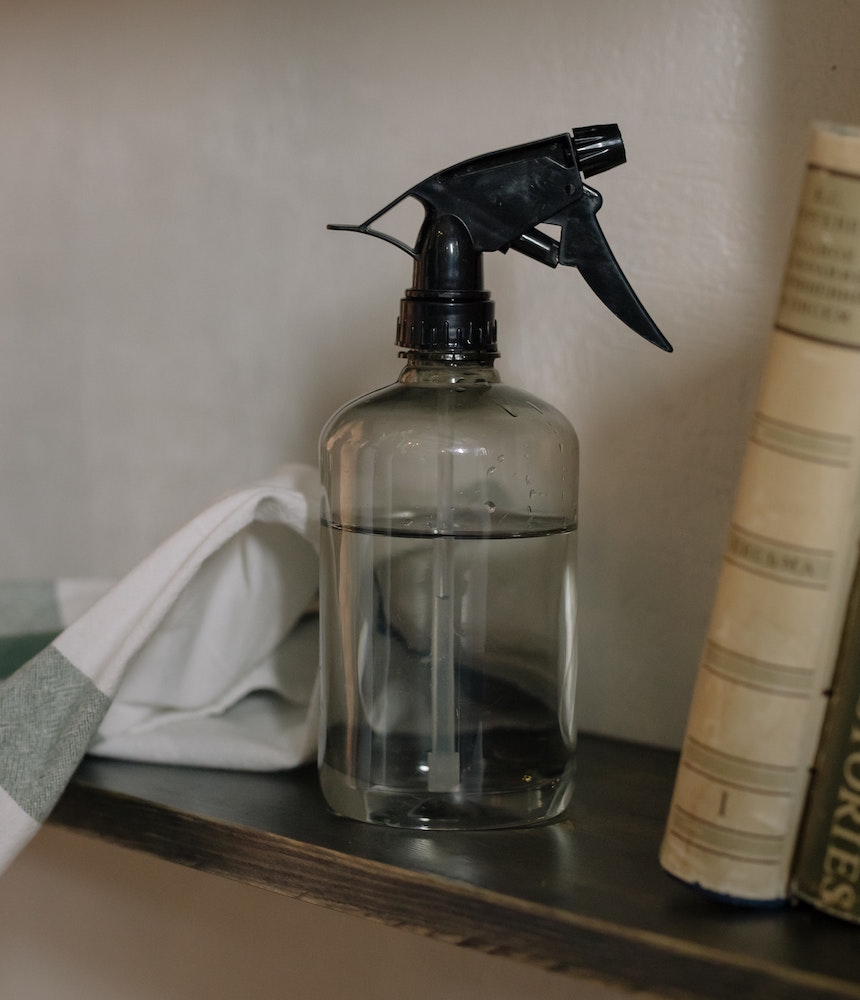
Don’t Mix Bleach With Other Products
Mixing bleach with other chemicals can cause a dangerous chemical reaction. So, if you choose a disinfectant that contains bleach, use it on its own and not in conjunction with anything else. Especially avoid using bleach together with glass cleaners or products containing ammonia or acids (even natural disinfectants like vinegar or lemon juice).
Related: We Can’t Live Without These Amazing Cleaning Products

Ventilate
and disinfectant products often release fumes that can irritate your eyes, your nose, your throat and your lungs. Some can even produce gases that are downright dangerous to inhale. So, it’s important to ensure that the room you’re disinfecting is properly ventilated. One simple way to do this is to open the windows and doors while you’re disinfecting a room.
Related: Do You Really Have to Disinfect Groceries? (And Other Burning Questions)
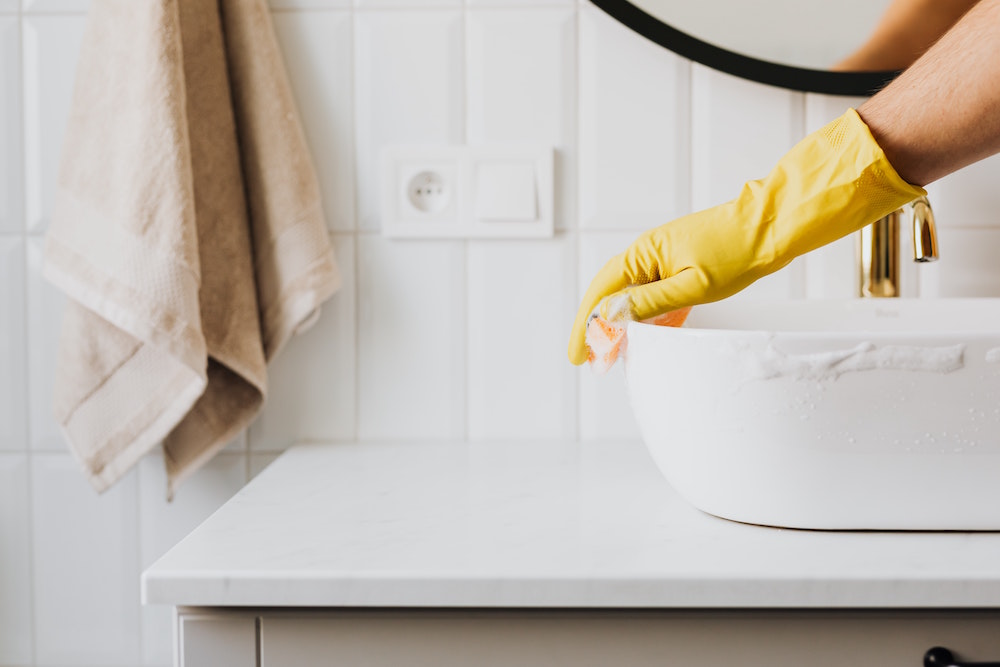
Wear Gloves
If you’re disinfecting your home with reusable disinfectant wipes, you might get away with not using gloves. Otherwise, cover your hands in rubber or latex gloves. This will protect your skin against the chemicals in the disinfectant products. More importantly, it will prevent you from spreading germs from your hands onto newly disinfected surfaces.
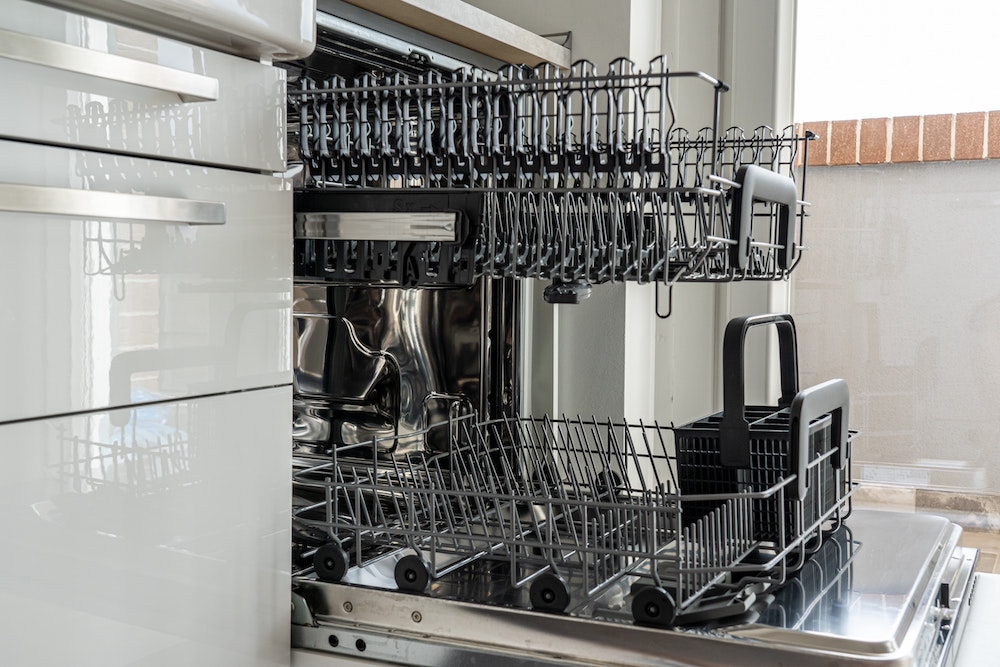
Use the Power of Heat
Dishwashers, washing machines and dryers often have a “sanitize” cycle, which uses high temperatures and is perfect for disinfecting things like dishes and bedding. Another way to sanitize fabrics is to boil them in the biggest pot of water you can find or to hang them out in the sun. Be aware though: this can potentially bleach the fabrics.
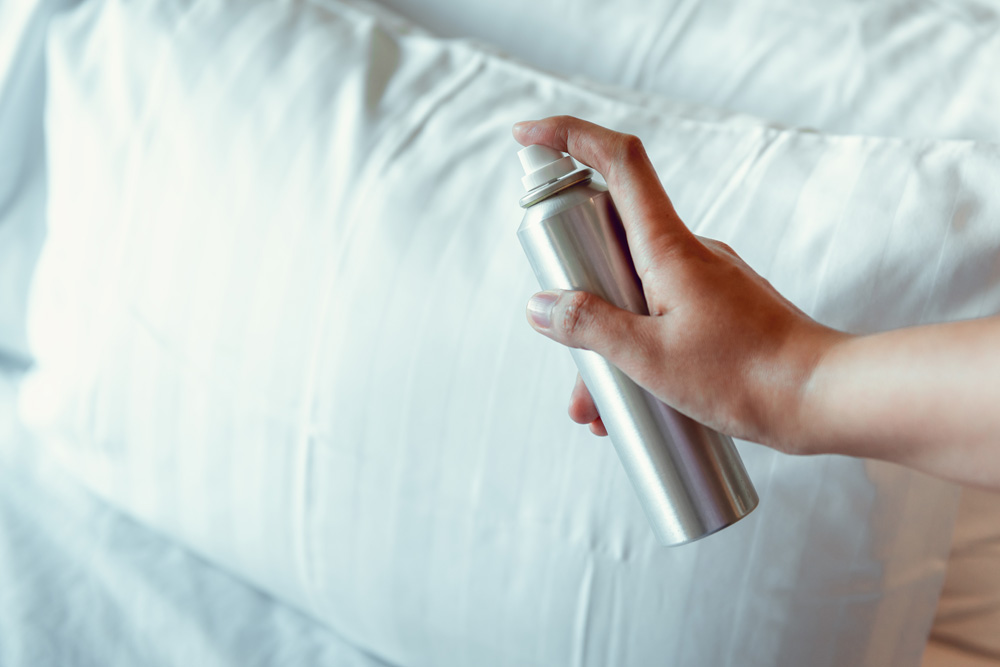
Use Disinfectant Sprays on Soft Surfaces
Soft surfaces like upholstery and mattresses are a little trickier to disinfect, since you can’t pop them in the washing machine and you can’t wipe them down. The way to do it is to cover the surface with the mist of a disinfectant spray – you can even make your own with an alcohol base – until it’s wet. Leave it for between 30 seconds and 10 minutes to let the spray do its disinfecting work.
Related: How to Remove the Smell of Dog and Cat in Your Home (We Still Love You Pets!)
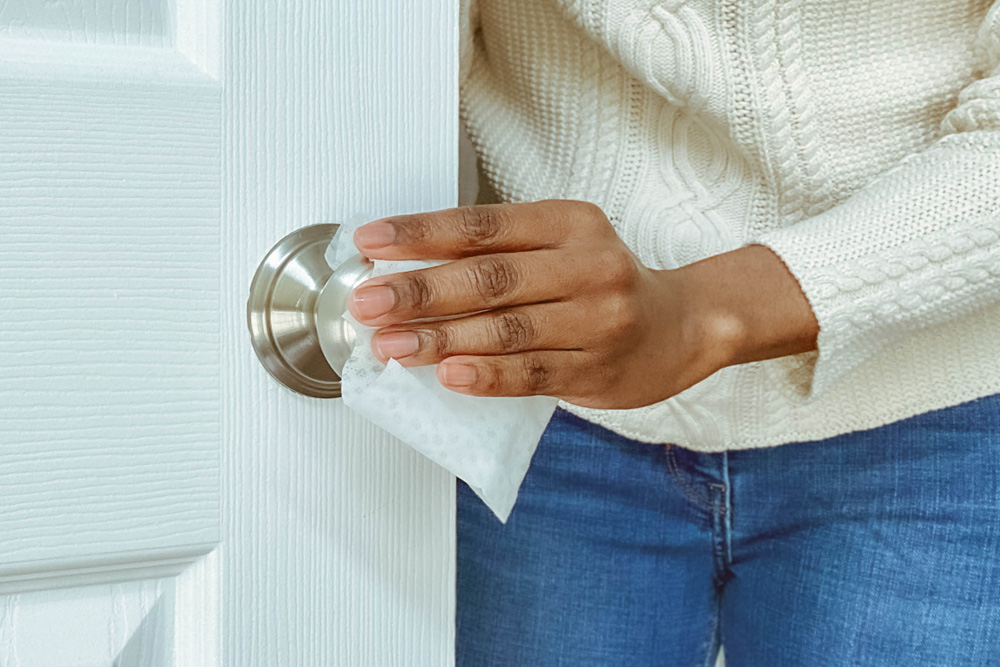
Disinfect Regularly
Ideally, you should disinfect your home daily if someone in your household is sick. Of course, this isn’t always practical, so at least identify surfaces that experience a lot of touch traffic during the day – think door knobs, control panels on appliances, light switches, remote controls, handrails and the like – and disinfect these areas at least once a day. Also make sure that everyone in your household knows to wash their hands regularly.
HGTV your inbox.
By clicking "SIGN UP” you agree to receive emails from HGTV and accept Corus' Terms of Use and Corus' Privacy Policy.





